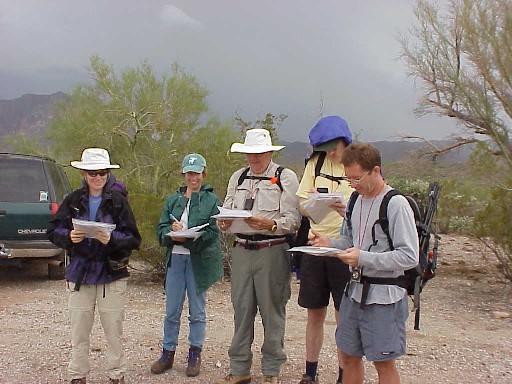PHX-UGM Parks and State Trust Lands
Trust lands: Current Arizona legislation requires that state trust land be sold to the highest bidder, effectively encouraging developers to buy the lands for development. There is a movement locally to turn some state trust lands into parks, requiring the amendment of state law to do so. Two of the scenarios incorporate the conversion of state trust land to parks, allowing 50% to be sold to developers and 50% to be converted to parks. The land to be converted to parks was determined by an algorithm that considered state land already bordered by protected land most likely to become protected while the rest were open for development. Another scenario opens all state trust land for development. For convenience, the opening and conversion of state trust land happens in 2007.New Parks: The development of parks is important to residents and the model attempts to accommodate this. The city of Peoria, one of the Phoenix metropolitan cities, was used as an example of what current development looks like for a booming suburban area. Using the 2002 Peoria city statistics for city area, current population, number of parks and average park size, rough estimates were derived to model park creation in a typical fast developing city. |

Open land in Arizona provides recreational opportunities for groups such as the Greater Phoenix Orienteering Club.